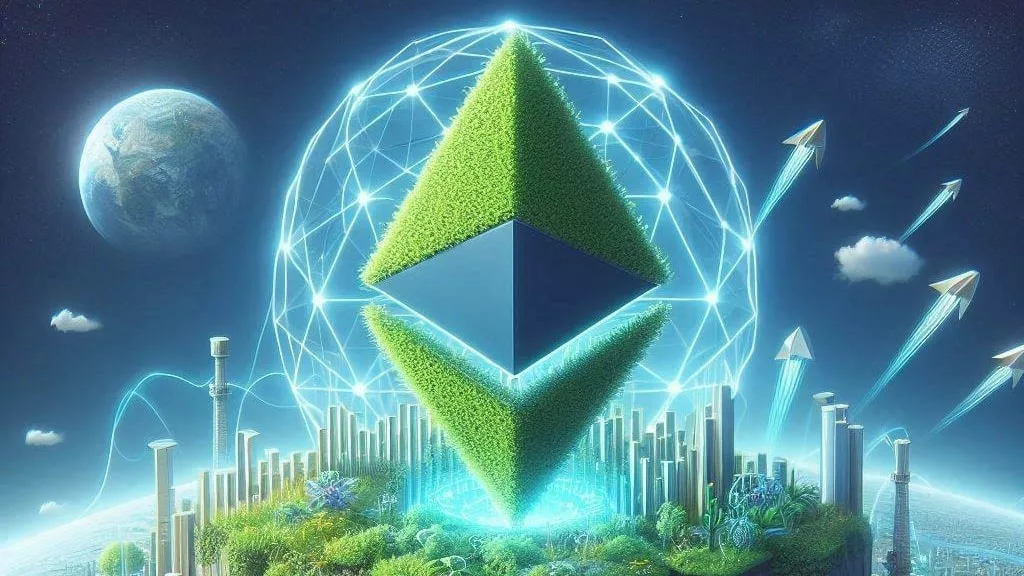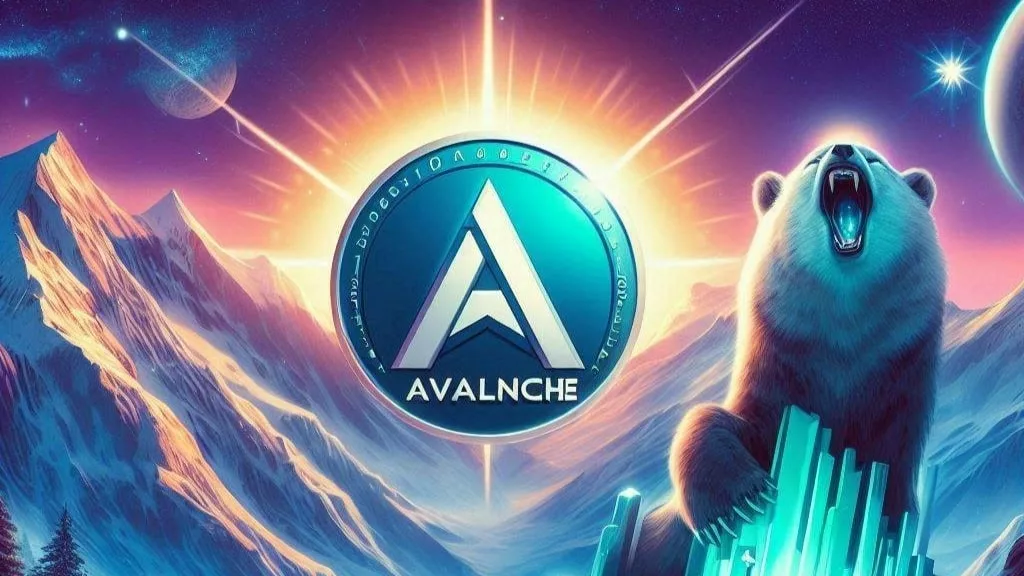
Ethereum’s ecosystem has soared to new all-time highs (ATH), despite ongoing challenges with its market price. Active addresses on the Ethereum network reached a staggering 15.4 million in the past week, marking a remarkable 62% increase from previous figures. This surge highlights a significant uptick in Ethereum’s network participation, showing that despite its price fluctuations, the network’s adoption and usage are reaching unprecedented levels.
The Ethereum network has seen an explosion in user engagement, with the number of active addresses climbing to 15.4 million—an all-time high for the network. This spike represents a notable 62.68% increase in activity, signaling that Ethereum’s appeal is broadening across various sectors, including decentralized finance (DeFi), non-fungible tokens (NFTs), real-world assets (RWAs), and staking platforms.
Ethereum’s growth isn’t confined solely to its mainnet; Layer 2 solutions, which help scale the network by processing transactions off-chain before settling them on the Ethereum mainnet, have also seen dramatic increases in usage. These advancements in Layer 2 technology are essential for improving Ethereum’s scalability, reducing transaction costs, and handling higher volumes of activity.
One of the most significant contributors to Ethereum’s recent success has been the performance of its Layer 2 (L2) networks. The Base ecosystem, in particular, has seen a dramatic rebound, with on-chain token activity surpassing $4 billion in volume over the past week. This marks an impressive 80% week-over-week increase and underscores the growing role of Ethereum’s L2s in driving network engagement.
Among the tokens within Base, several standout performers include BRETT, WELL, MORPHO, and AERO. BRETT, for instance, saw a remarkable 70% increase in value over the past week, while MORPHO gained 25%. WELL and AERO also enjoyed notable upticks of 51.46% and 11.91%, respectively. These gains demonstrate the vitality of Layer 2 ecosystems and their potential to further scale Ethereum’s capabilities in the coming months.
However, not all Layer 2 tokens experienced growth. Some, such as PRIME, ALB, DEGEN, and SONNE, either saw negligible movement or faced losses, signaling that not every platform within the Ethereum ecosystem is on the same growth trajectory. Still, the overall momentum in Ethereum’s Layer 2 sector is undeniable, particularly as Ethereum’s broader adoption continues to rise.
Ethereum’s rise in activity is being fueled not only by individual users but also by strong institutional interest. Institutions have increasingly invested in Ethereum, drawn to its robust ecosystem, which includes key sectors such as DeFi and NFTs, as well as the promising use of RWAs. This growing institutional involvement, combined with a surge in developer interest, points to a bright future for Ethereum, particularly as it prepares for future upgrades aimed at improving scalability and user experience.
Moreover, as Ethereum’s ecosystem expands, interoperability between various blockchain platforms continues to improve. The trend towards multi-chain networks—where different blockchains work seamlessly together—has further enhanced Ethereum’s appeal. This interoperable landscape is becoming more efficient and user-friendly, increasing Ethereum’s accessibility and fostering broader adoption.
The recovery in Base has fueled renewed optimism for Ethereum’s Layer 2 solutions. With a focus on improving transaction speeds and lowering costs, Layer 2 networks have become integral to Ethereum’s scalability. Base, in particular, stands out as a top performer, with its remarkable token volume surge and the ongoing development of a more scalable Ethereum ecosystem. If this trend continues, Base and other Ethereum L2s could become dominant players in the blockchain space, helping Ethereum retain its position as the leading smart contract platform.
However, it’s important to note that not all Ethereum Layer 2 networks are seeing the same level of success. While Base and other popular L2 solutions like Arbitrum and Optimism have reported strong gains, networks such as Immutable have experienced declines. Immutable, for instance, saw a 4.72% decrease in value, signaling that not all Layer 2 solutions are enjoying equal levels of market confidence.
The future of Ethereum Layer 2s largely hinges on sustained demand for tokens, liquidity levels, and overall market conditions. While Ethereum’s ecosystem is expanding, its continued success will depend on the broader cryptocurrency market’s ability to maintain investor confidence and liquidity. Additionally, the potential for Ethereum to implement upgrades—such as the upcoming RISC-V proposal from Ethereum co-founder Vitalik Buterin—could further boost the ecosystem’s performance and drive more capital into the network.
As Ethereum’s Layer 2 solutions continue to mature, it is likely that new projects and innovations will emerge, increasing competition and driving further development in the ecosystem. The overall sentiment surrounding Ethereum remains positive, and if the network continues to evolve as planned, Ethereum could maintain its dominance in the blockchain space for years to come.
Despite Ethereum’s ongoing struggles with price volatility, its ecosystem is thriving. The surge in active addresses, the impressive performance of Layer 2 networks like Base, and the growing institutional interest all point to a strong future for Ethereum. With its expanding user base, increasing scalability, and continuous development, Ethereum remains a powerful force in the blockchain world, poised for even greater success in the coming months and years.
As Ethereum continues to innovate and evolve, its ecosystem is set to become more robust, attracting even more users and institutional players. The future of Ethereum looks bright, with the potential for even greater milestones and breakthroughs in blockchain technology.



Get the latest Crypto & Blockchain News in your inbox.